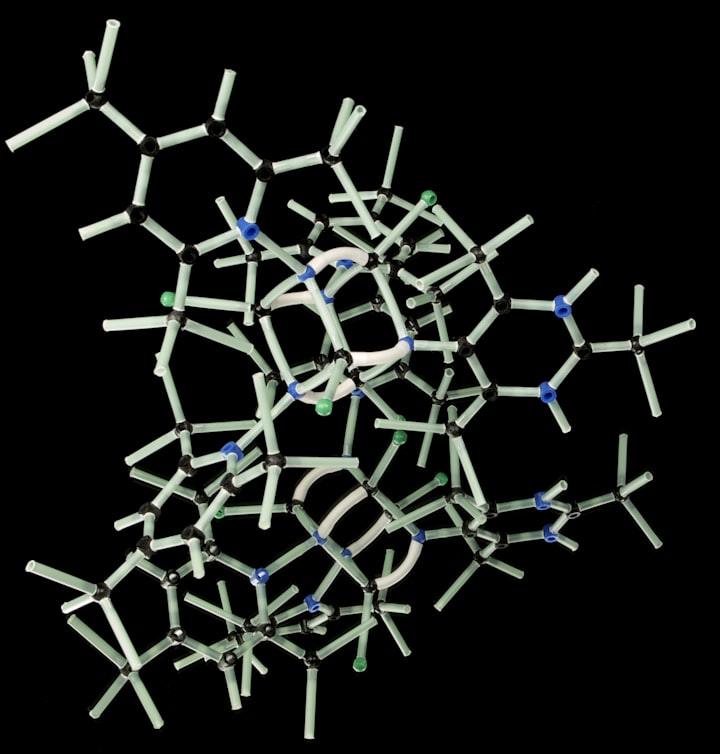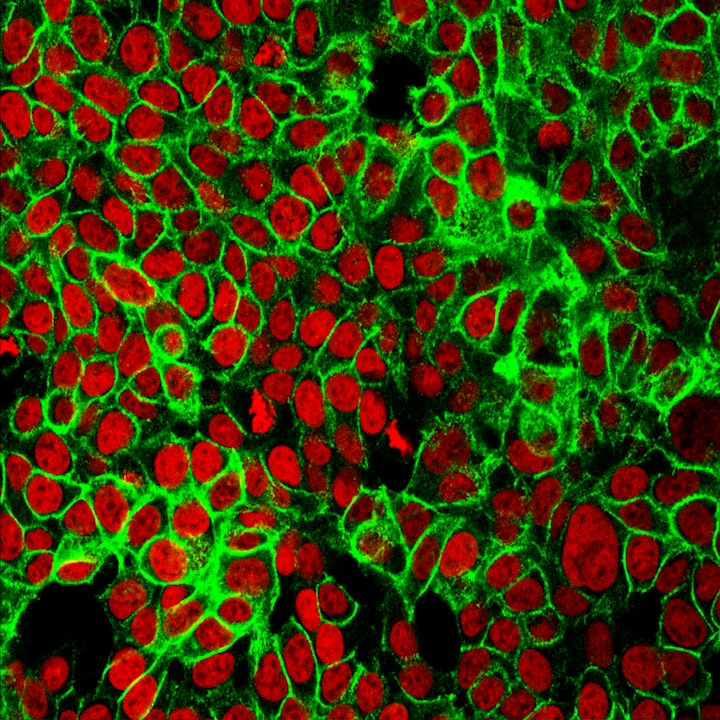Are Wormholes Theoretical Mathematical Constructs or Real Cosmic Phenomena?
Exploring the theoretical physics of wormhole theory and the mathematics of spacetime.

Einstein's General theory of Relativity has long intrigued physicists and laypeople with its potential to bend the fabric of spacetime through the dynamics of matter and energy.
Spacetime and Matter
The reciprocal relationship between matter and spacetime is a unique facet of General Relativity.
While the equations describe how matter shapes spacetime, they can also determine the type of matter required to produce specific spacetime configurations, crucial in exploring hypothetical phenomena like wormholes.
Wormholes and Mass
Scientists can mathematically conceptualize the spatial framework necessary for a hypothetical wormhole's existence.
However, the corresponding mass required to generate this configuration poses a conundrum with the resultant mass differing significantly from any known forms of matter, augmenting the perplexity surrounding the realization of wormholes.
Quantum Gravity and Beyond
The theoretical plausibility of wormholes is further complicated by the need for a unified theory of quantum gravity, integrating the principles of quantum mechanics with those of General Relativity.
This framework is essential for understanding the spatial intricacies at the subatomic level and discerning the validity of wormholes within the quantum fabric of the cosmos.
Cosmic Tapestry
The mathematical underpinnings justifying the theoretical potential of wormholes offer a tantalizing glimpse into the labyrinthine contours of the cosmos, from the esoteric interplay of mass and spacetime to the enigma of quantum gravity.
Future Horizons
Peering into the unfathomable depths of the universe, the evolving tapestry of mathematical equations continues to elucidate the theoretical plausibility of traversable wormholes, propelling humanity toward the frontiers of scientific inquiry.






